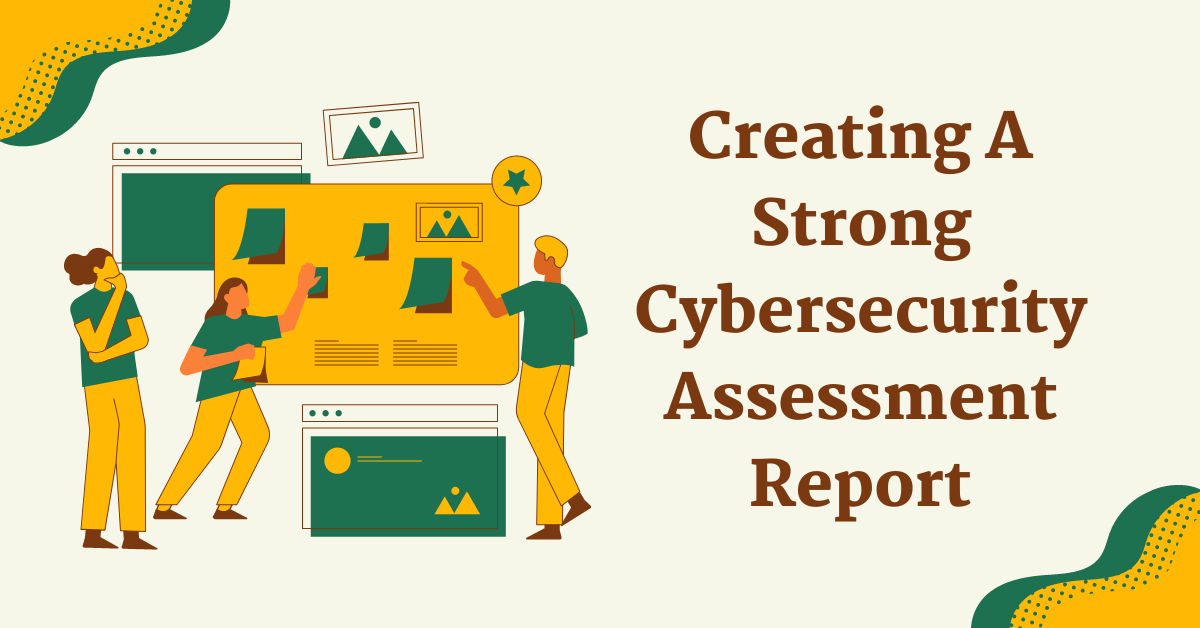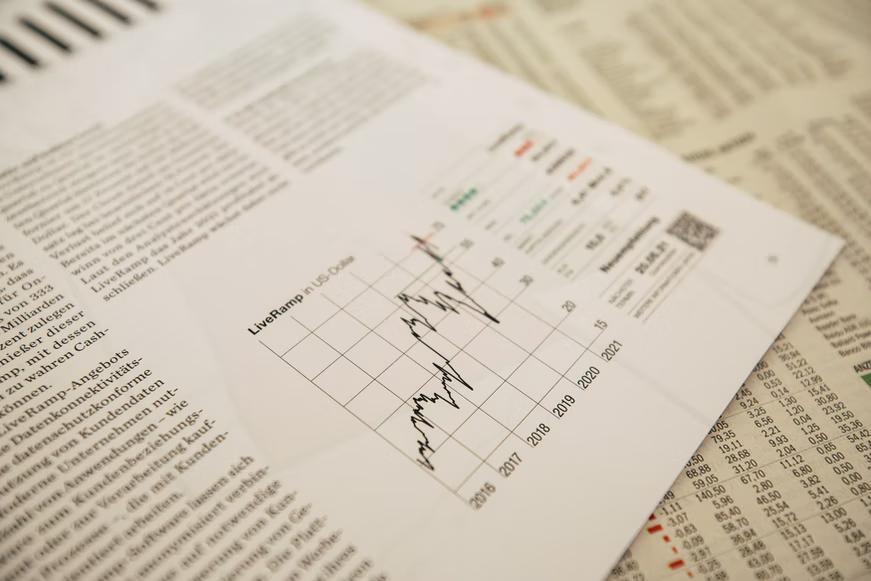Cyber threats have increased dramatically in recent years, and every organization, private and government, has been targeted. One of the best ways to thwart attacks is by preparing a strong cybersecurity assessment report.
Businesses nowadays are undergoing diverse cybersecurity challenges. Some of them can cause devastating damage that can take many years to recover. The business can lose large sums of money, and customer data can be compromised. Major causes of cybersecurity breaches happen when there are weak spots within the network.
Hackers are constantly looking for such weak points to take advantage of them. One of the major lines of defense companies use is to find the weak points and seal them.
This is done by creating a strong cybersecurity assessment report. There are different strategies the IT department can use to create assessment reports.
Table of Contents
Necessary Knowledge Required To Create A Quality Report
To create a quality security assessment report, you require a set of both technical and soft skills. These are the set of skills that you must combine during the analysis and report writing process.
Soft Skills
You require a set of soft skills to help you make a strong security assessment report. One of the major soft skills that will be tested is your presentation skills. You must be an excellent communicator and a good manager.
I have an eagerness to solve problems and be creative.
Learn to collaborate with teams, but above all, you need excellent cybersecurity assessment report writing skills.
Creating a strong security assessment report requires different sets of skills. Being an excellent cybersecurity specialist is not enough. You also need to learn writing skills to write a report correctly after the assessment.
If you have no writing experience, different services can help you write a report. Academic writers on the Writix website can help you write a report on any topic, and you will have better results. You will get more time to study and learn the tricks for better system assessment.
Technical Skills
Different sets of technical skills will make your work easier. The skills will help you understand the things to look out for in the cybersecurity assessment process. The main skills required is system administration and networking.
Hackers take advantage of weak systems. They look for loopholes and maximize whatever advantage they can get. You need to have a deep understanding of how online systems work. Have an understanding of how to configure and maintain computers.
Another key knowledge you need is dealing with virtual machines and operating systems. Computers operate on systems such as Mac OS, Windows, and Linux. Understand how to penetrate the systems for testing. Learn how to test for malware, do computer forensics and security research, and so on.
Other important technical skills you require are coding and working with programming languages. Understand how to work with network security control. Add skills such as cloud and blockchain security, AI, IoT, and any other important skills.
READ ALSO: Up Your Game: Top Gaming Equipment Recommendations for Competitive Players
How To Create Cybersecurity Assessment Reports
A cybersecurity assessment report should contain findings and recommendations. This must be based on the vulnerabilities you found in the business systems. It must also include the methodologies you used in detail.
Use the technical skills you have and take advantage of the technology degree benefits you enjoy in the career field.
Do the initial assessment
It helps to read a cyber security assessment report example to get an idea of what to focus on. Run an initial test on all IT assets to see the people who used or accessed each device.
Take note of the areas where threats might come from. Establish the impact the threats can cause and their mitigation measures.
Consolidate information from the systems
The next step is to test all devices to check if they are up to date. Check how they are configured and the versions of their drivers. From the information that you consolidate, decide the protection required for each device.
This must include all on-premise devices and those located remotely. These can be devices used by remote workers located in different places.
Prioritize the risks
The best way to prioritize risks is to use a risk matrix. It helps you to see which risk is likely to happen and the level of impact it can have.
Use different colors to show the risks with the highest and least impact. Show which ones are most likely to occur and which ones are less likely to occur.
Write a detailed report
From the information that you gather, write a detailed security assessment report. The 5×5 risk matrix is fundamental during this process. Be sure to include every important detail, such as:
- Current cybersecurity controls
- Current risk level
- Dates when identified
- Mitigation plan
- Timelines
- People involved
Creating A Strong Cybersecurity Assessment Report: 5 FAQs
A well-crafted cybersecurity assessment report is crucial for communicating vulnerabilities, risks, and recommendations to stakeholders. Here are 5 FAQs to guide you in creating a compelling and informative report:
1. What are the key components of a strong cybersecurity assessment report?
- Executive Summary: A concise overview summarizing the assessment’s key findings, vulnerabilities identified, and overall risk posture.
- Methodology: Describe the methods used for the assessment, including vulnerability scanning, penetration testing, and manual security reviews.
- Findings: Detail the vulnerabilities discovered, categorized by severity level (critical, high, medium, low). Include technical details for technical audiences while maintaining clarity for non-technical stakeholders.
- Risk Assessment: Analyze the potential impact of each vulnerability, considering factors like exploitability, confidentiality, integrity, and availability (CIA triad) of affected systems.
- Recommendations: Provide clear and actionable recommendations for mitigating identified risks. Prioritize recommendations based on severity and exploitability. Use simple language with cost-benefit analysis where applicable.
- Appendix: Include detailed technical information, scan results, and references for further reading (optional for some audiences).
2. How can I make the report clear and understandable for both technical and non-technical audiences?
- Use plain language: Avoid overly technical jargon and acronyms. Explain technical terms when necessary.
- Visualizations: Utilize charts, graphs, and heatmaps to represent complex data in an easily digestible format.
- Executive Summary Tailoring: Craft the executive summary for a non-technical audience, focusing on high-level risks and recommendations.
3. What are some best practices for writing the recommendations section?
- Prioritization: Clearly prioritize recommendations based on potential impact and exploitability. Address critical vulnerabilities first.
- Actionable steps: Provide specific and actionable steps for implementing recommendations. Include timelines and resource estimations (if possible).
- Cost-benefit analysis: Consider including a cost-benefit analysis for major recommendations, helping stakeholders understand the return on investment for security improvements.
4. How can I ensure the report is professional and impactful?
- Proofread and edit: Ensure the report is free of grammatical errors and typos for a professional presentation.
- Visually appealing formatting: Use clear formatting, consistent fonts, and appropriate spacing for better readability.
- Executive buy-in: Seek feedback and approval from key decision-makers before finalizing the report.
5. What are some additional tips for writing a cybersecurity assessment report?
- Maintain a professional tone: The report should be objective and factual and avoid sensationalizing vulnerabilities.
- Focus on solutions: The primary purpose is to identify risks and offer solutions, not just point out problems.
- Regular updates: Schedule regular assessments and update reports to reflect ongoing security improvements and changing threats.
Conclusion
Companies today face a more significant cybersecurity threat than a few years ago. Hackers constantly look for weak points in the system to launch attacks.
Making a strong cybersecurity assessment report helps a business in many ways.
The owners can understand the possible threats available and take mitigation steps. The person conducting security assessment requires different sets of technical and soft skills. System testing and assessment should be done often to ensure it is well secure.
INTERESTING POSTS
- Hard Skills Vs Soft Skills: How Much Does Software Affect A Developer’s Career?
- The Value Of Software Product Risk Assessment
- 4 Signs Your Network Needs A Cybersecurity Risk Assessment
- Cyber Security Assessment [Step By Step GUIDE]
- How To Report Online Scams In The UK [MUST READ]
- Bad Practices Leading To Cybersecurity Breach
About the Author:
Daniel Segun is the Founder and CEO of SecureBlitz Cybersecurity Media, with a background in Computer Science and Digital Marketing. When not writing, he's probably busy designing graphics or developing websites.








